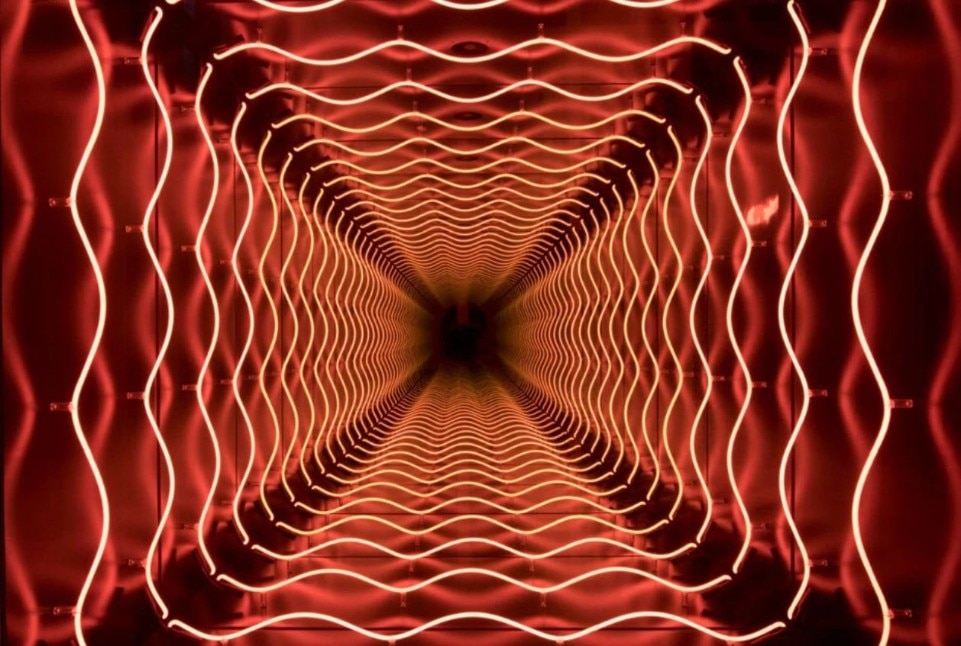Since its foundation in 1961 the Salone del Mobile, in its original September incarnation and after 2005 in Masimiliano Fuksas’s out-of-town April version, has operated as if it were a glossy magazine in the days before the invention of the internet. Just as a fashion magazine has to be sophisticated looking enough to attract ads from Dior or Prada, so a furniture fair without the credibility to bring in Vitra or Cassina, or a car show without BMW, will seem somehow unconvincing. Equally, those fashion brands that seek to follow Dior and Prada invest in buying pages around them in Vogue. Its not the price of admission or the cover price that makes it work, it’s the appeal to the advertisers, or for the Salone, the regular presence of big spending clients prepared to invest in outsize stands in the belief that they will attract the audience they need.
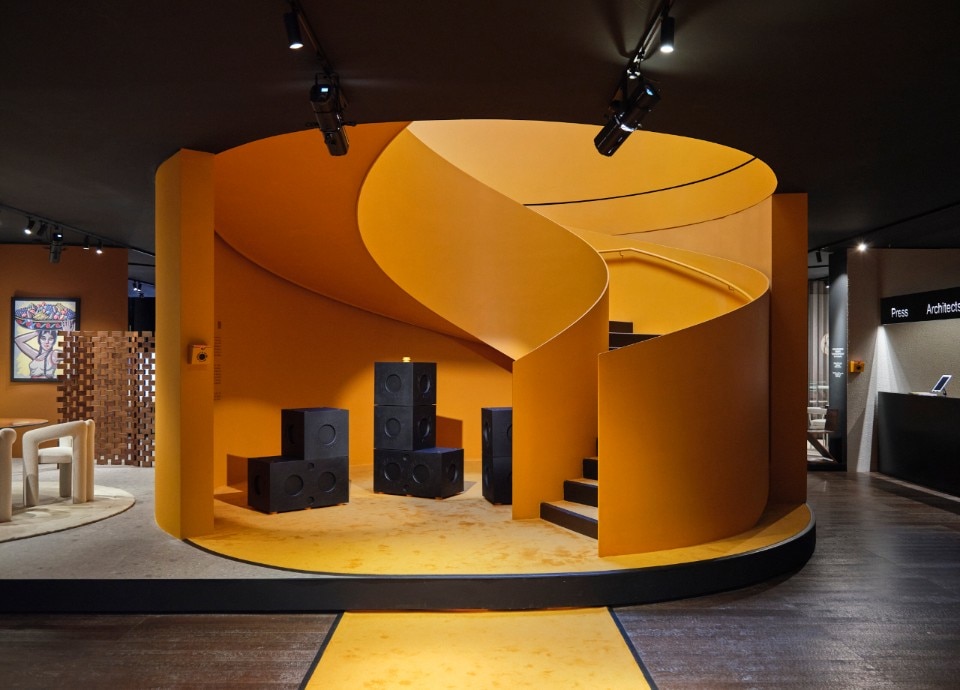
Just as magazines have what they used to call advertising graveyards, so the Salone developed a geography in which certain halls, certain floors, and certain adjacencies, attract the crowds. Other halls are more like the Bermuda Triangle. Admission to the most desirable parts of the Salone demanded investment over the long term. For a company to secure the right spot required an unbroken record of booking space year after year in the Salone, the tacit approval of the neighbours and accepting the obligation of a gradual progression from periphery to prime position..
This phenomenon had the paradoxical effect of ensuring that many of the most interesting and significant things to have happened during the Salone in the last 40 years have happened outside the walls of the fair and have brought life to some of the most obscure parts of Milan itself. Companies who are in a hurry to get noticed, and who are not from the traditional Milanese heartland have had to work hard to do it.
The famous Memphis explosion took place one sweltering September night in 1981 in a kitchen showroom near the Duomo. The crowd of what felt like at least 2000 people milled around Ettore Sottsass’s free standing Carlton bookcase, got to drink white wine that came in Memphis branded bottles and couldn’t stop talking about the wild objects that they were seeing for the first time.
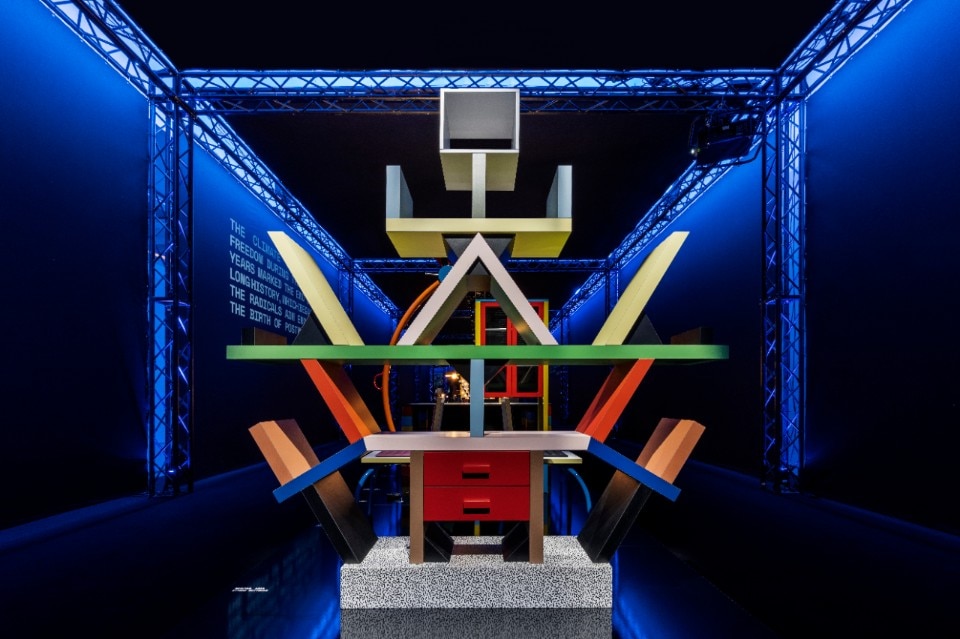
Less well remembered, but equally culturally fascinating were two exhibitions in 1988 and 1989 staged by Paolo Pallucco, a true maverick designer and entrepreneur. He was responsible for manufacturing Comme des Garcons furniture, and with Mireille Rivier for designing the Barba d’Argento, an armchair fabricated from naked metal chains that looked like a particularly elegant instrument of torture.
Pallucco took over Milan’s abandoned municipal slaughterhouse, pornographic graffiti and all. Working with Peter Pabst, a distinguished scenographer from Pina Bausch’s dance company, he filled the raw concrete halls with fresh flowers to stage what he called Death of an Angel, a dramatically lit installation piece of remarkable beauty based on a shelving unit supposedly inspired by a verse of Rainer Maria Rilke. Blood red cocktails were served, but apparently few orders were taken and the company was sold to a new owner shortly afterwards.
Tecno chose a less edgy setting to launch Norman Foster’s Nomos system when it closed the via Manzoni end of the Montenapoleone for a street party. Another brand hired a whole train on the Metropolitana for a party that navigated the system with waiters dispensing drinks. Commuters waiting on the platforms got a glimpse of the revellery as the train clattered through stations without stopping.
An altogether more viscerally disturbing experience was the time in 2001 when Gaetano Pesce thought it would be a good idea to create the Italian landscape out of parmesan cheese, prosciutto and other foodstuffs, inside the Triennale, an installation which rapidly became intolerable in the heat. It was certainly a year for challenging work.
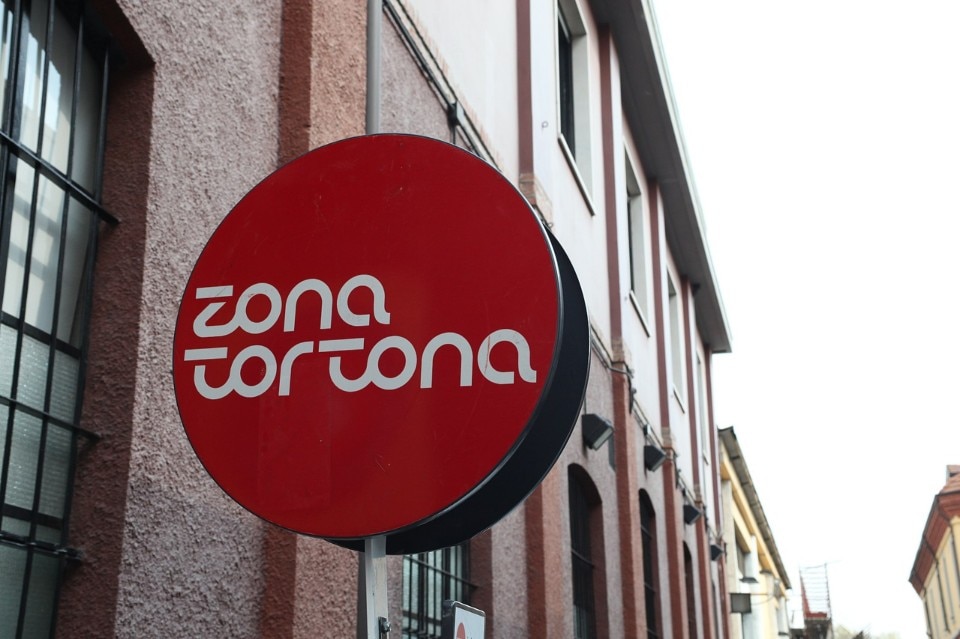
Before Zona Tortona became overwhelmed by companies selling vacuum cleaners, and air conditioning, Capellini took over the Superstudio Space, and showed among other things Marcel Wanders’ calculatedly disgusting Airborne Snotty vases, 3D printed sneezes that take on a new significance in the pandemic era. In 2005, in the days when Established and Son was trying to get off the ground, it was the pelota hall in via Palermo that they invested in to demonstrate that they had arrived.
Thanks to Marc Newson, Jony Ive decided to launch the first Apple Watch in Milan in 2015. They chose the Società del Giardino in the Spinoza Palazzo, and brought in the Bar Basso team to serve drinks. In 2018 Nina Yashar showed her memorable collection of Lina Bo Bardi furniture at the Nilufar, and changed the way that her work is understood.
So far the Salone at the Fiera, and the design events in the city have managed a mutually benefical codependency. The creativity of the fringe has reinforced the claim of the Salone to be the international design world’s key event. And the continuing significance of the Salone has delivered a larger and larger audience for the rest of Milan.
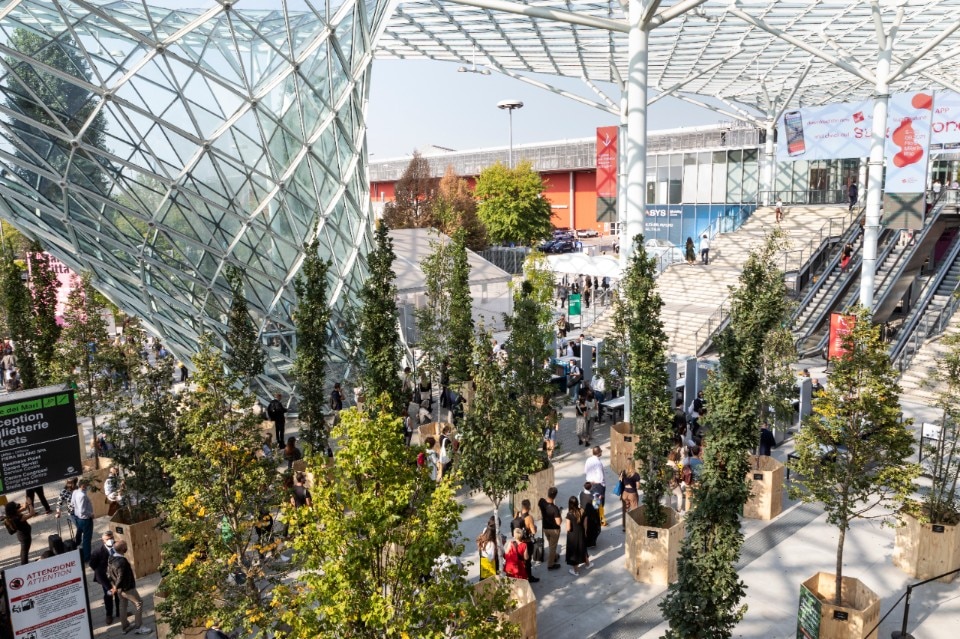
But one unexpected consequence of the growing scale of the design week is its changing nature. Its this, and not the after effects of the Pandemic that pose the real threat to its continued well being. People still want to see each other, they still want a chance to talk and discuss face to face, to create and to curate. But when the design conversation, like that of the art world at art fairs is overwhelmed by the noise of people trying to sell seats on private jets, all that becomes harder to do.
Milan risks becoming an all purpose commercial spectacle in which the biggest spenders are from fashion, tech, and the car industry, who may decide that they have no more need either of magazines, or of the Salone. They have budgets that may produce Instagram magnets, but are not going to offer the cultural resonance of that first Memphis collection or support the attempts of a new generation to surpass it.


